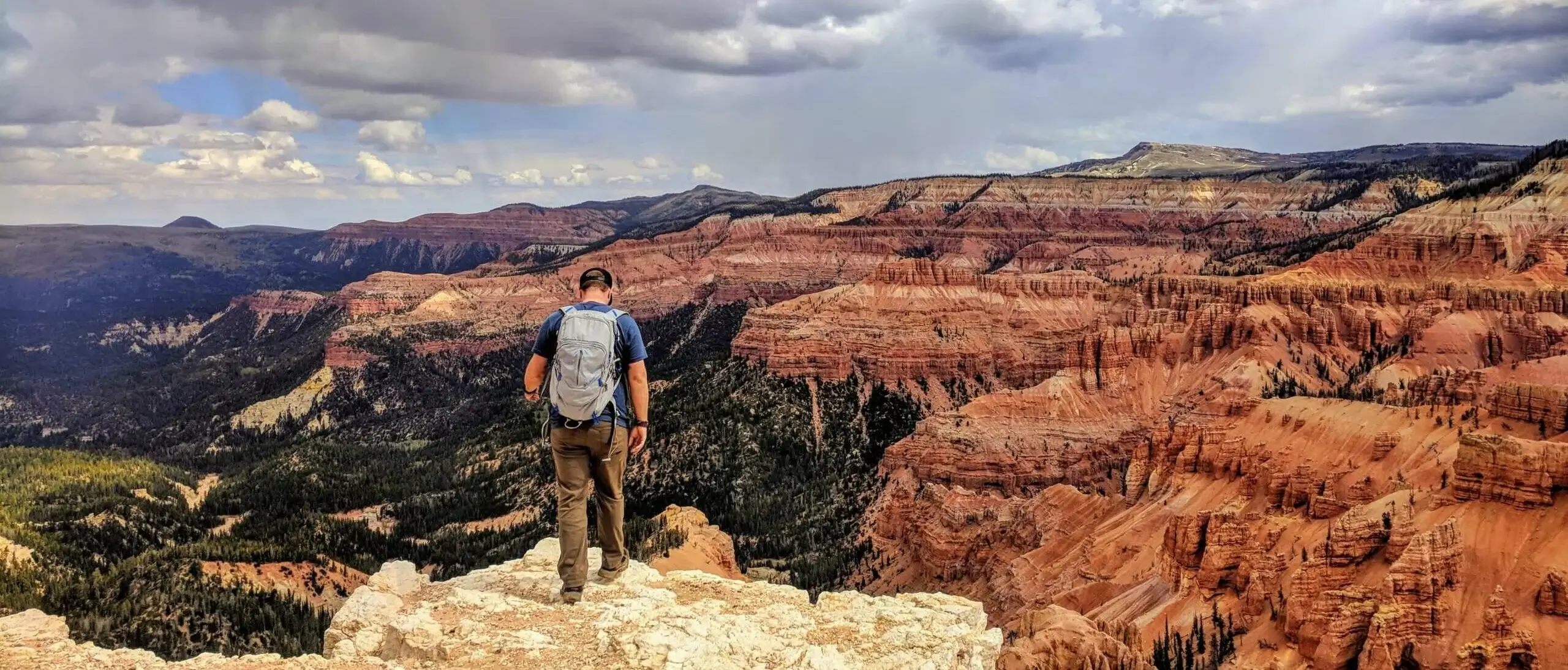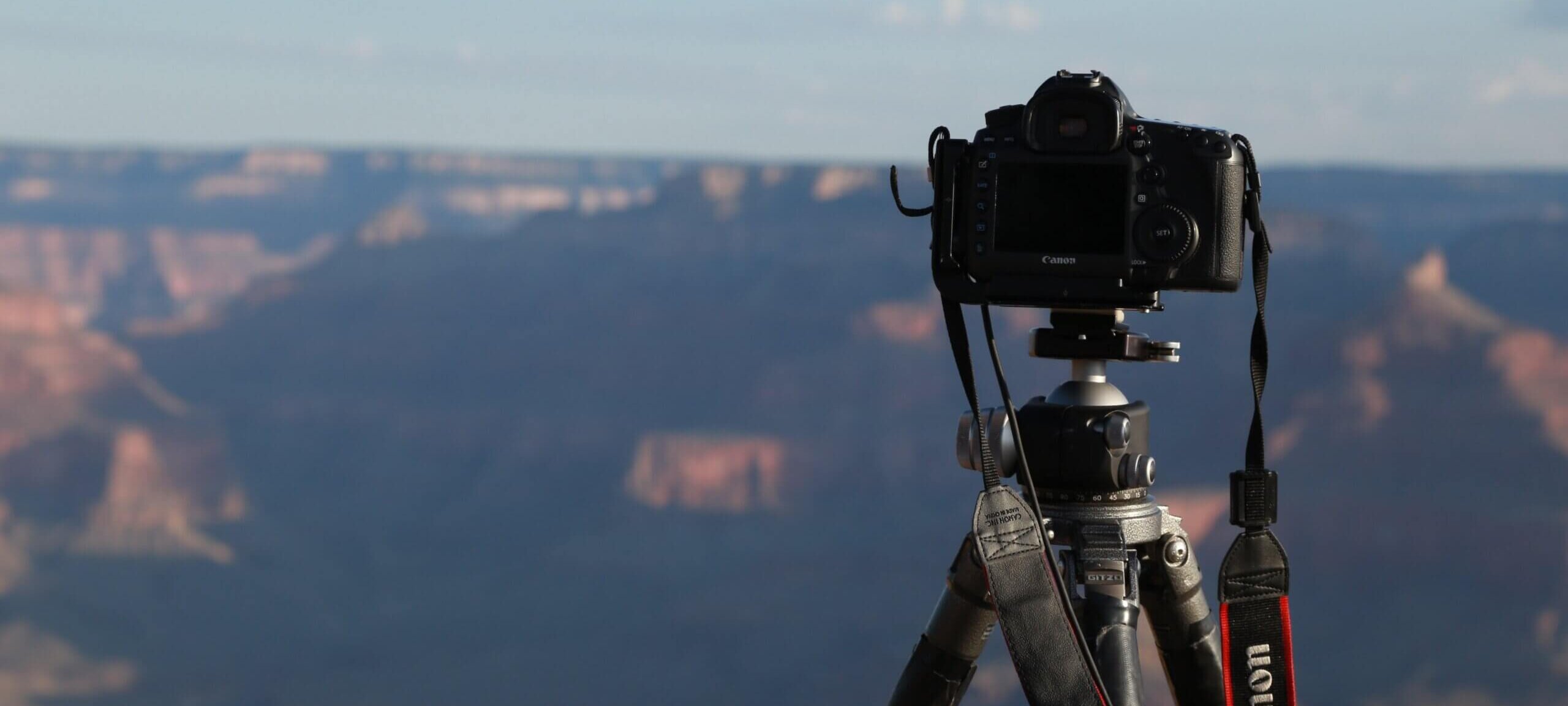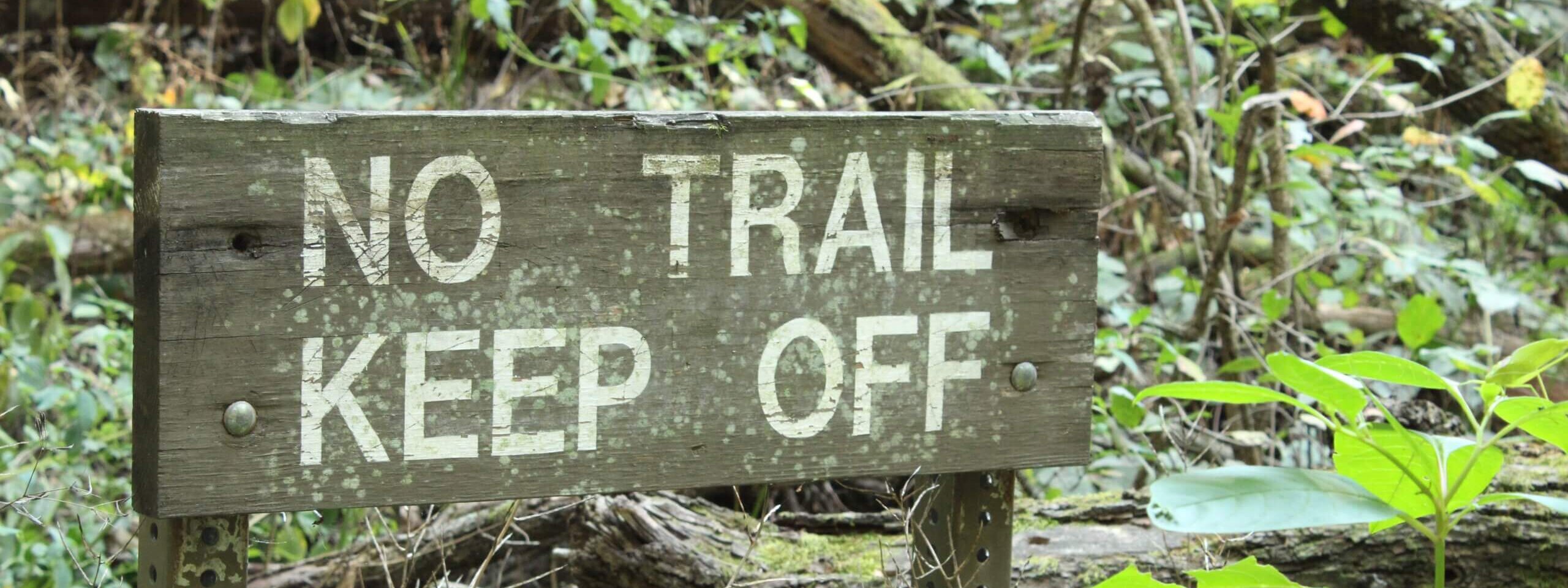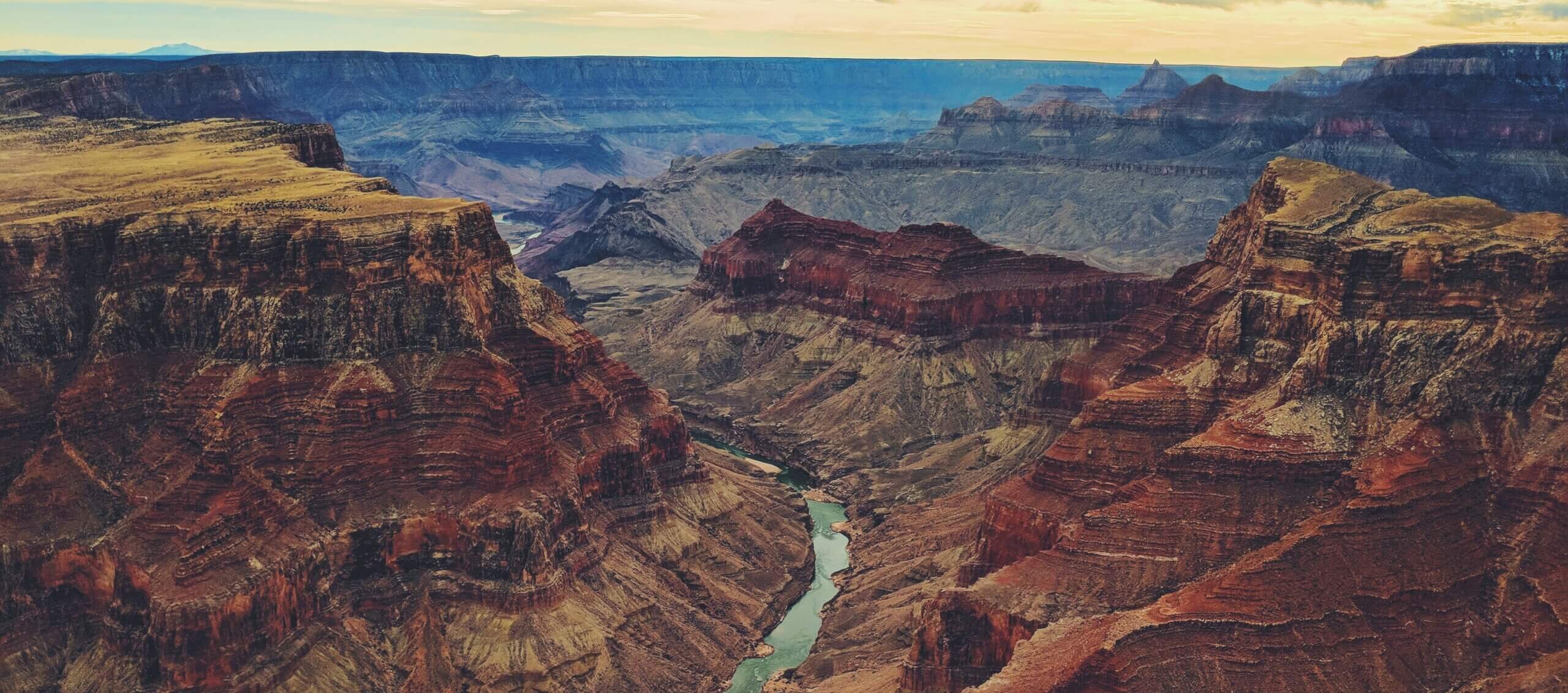How Discovery Sets up a Project for Success
Via a trip to the Grand Canyon

Just prior to the pandemic, my partner and I planned a trip to hike several National Parks including the Grand Canyon. After a delayed flight, a rental car mixup, and a long, exhausting drive through the desert we found ourselves at the Southern Rim of the Grand Canyon — long after dark.
We stood together under some of the brightest stars we had ever seen (for city folks) and did our very best to imagine the vast beauty that was directly in front of us. But standing there in the dark, we may as well have been closing our eyes. Defeated, we grabbed a drink at the Bright Angel Lodge and toasted to our luck, retiring until the sun solved our problem for us in the morning.
What does this have to do with your project, you might ask? Well, our moment in the darkness is not very different from the incredible project ideas our clients bring to us . In some cases our clients may know the solution — or maybe at this point have identified a problem; but they require some guidance to ensure they are taking the best and most effective approach.
Accordingly, we are your technology, design, and digital experts, helping to guide your team from ideation to executable outcomes through our Discovery process. In this case, rather than simply waiting for the sun to come up, our team’s goal is to illuminate all the areas of your project that will help protect your timelines, project goals, calendars, and ultimately, your budget.
As a largely tech-agnostic agency, we are not in the business of churning out widgets. Instead, we are trusted by our clients to create bespoke solutions for their equally bespoke challenges and opportunities. In Discovery, our team investigates all of the nooks and crannies of the potential solution, while also establishing the best ways to serve as your partner in meeting your teams’ culture, work schedules and styles — where they are.
While every Discovery is unique, there are a few key principles we believe are vital goals for any discovery we take on:
Using a wide-angle lens
Imagine if we woke up the next morning just before sunrise in order to see the first light hit the Grand Canyon. But, instead of grabbing our regular glasses we opted for a pair of horse blinders. After-all, we didn’t want the distraction of seeing all the other tourists around as we took in the sunrise, right?
As we partner with our clients, one of our first objectives in Discovery is to remove any potential “blinders” by bringing a larger group of stakeholders into the process. Although it may feel like noise to bring in more internal voices, we specialize in cutting through the chitter-chatter.. This offers a full, panoramic picture of the project.
This panoramic picture includes the “who,” “what,” “where,” but also the all-important “why” in every project, from each unique stakeholder’s perspective. While at times there is a straightforward solution to a problem, we know your organization has nuances that deserve consideration.
That’s where our experts come in: asking the right questions to make sure we are considering your internal processes, technologies, audiences, and skill-sets. Simultaneously, we are also making sure we clearly prioritize your goals, consider any potential constraints, and safeguard your bottom-line in the process.

Identifying potential risk
As beautiful as the Grand Canyon is from the very popular rim, my wife and I did not travel all that way to simply stand at the top. When we set out to take this trip, we knew hiking down into the canyon was going to be a key part of the experience for us—we knew we couldn’t just treat it like another day-hike.
Just like a project, we could slap on a pair of hiking boots and set out down the trail–ignoring sign after sign that warns of the dangers that lay ahead. The easy hike down makes everything seem simple, but doesn’t fully take into consideration how difficult the eventual climb back out will be. These signs aren’t privy to how we pre-planned our gear or what appropriate training we did to make it a success (as seen by the hundreds of people needing to be rescued by rangers every year).
At Creed, Discovery is about alignment and understanding. In doing so we are creating a checklist of risks and considerations for your project. Our team are like expert hikers when it comes to your projects. Our packs are filled with all the vital pieces to ensure we avoid common challenges often encountered. And yet, no project is one-size-fits-all, making Discovery even more important!
When taking stock of your project and creating a roadmap towards a solution, we are creating our own packing list to make sure nobody forgets their inhaler, sunscreen, or hiking poles (even if they make you look dorky, we promise you will want them!).

Pick your trail, partner!
So now that we have seen the sights and appropriately planned for our hike, what trail do we take? All trails lead to the Colorado River — one way or another — but each path has its own benefits and constraints. By taking that wider view of the canyon and preparing for the risks, we can now make an informed decision.
Maybe we realize that we want to get to a certain lookout point or have the goal of reaching the famous Phantom Ranch for a glass of lemonade. Perhaps we realize we have time limitations and can only plan for a quick afternoon hike. Maybe we are expertly prepared to do the famous rim-to-rim, i.e. hike the whole darn thing. Anything is possible, but until you have done the homework with the guidance of experts, you could be left alerting the national park service helicopter to save you and your project.
While our team may not be certified helicopter pilots, we pride ourselves on a thorough Discovery process that makes sure you aren’t forced to make a tough call, or experience discomfort along the way. In fact, our goal is to ensure the path is not only well-cleared, but has been expertly-guided to project journey success!
While each client and each project is unique, your Discovery will generally follow a five step process. Here is what to expect:
- AUDIT
- Our team of experts will audit your existing tools, properties, and processes
- Creed’s design team leads will ensure we are well-versed in your brand guidelines
- INVESTIGATE
- User Experience research may include stakeholder interview(s)
- We work to uncover pain points, opportunities, project goals, and priorities via workshops and working sessions
- RESEARCH
- Information Architecture Diagramming helps consider user journeys and conversion goals
- Development of User Personas balances audience engagement with conversion goals
- Delivery of a Findings Report
- DIAGRAM
- Performance of a Technical Audit
- Architecture Diagramming will help lay the foundation for design and development
- REFINE
- Creed’s team will establish high-level requirements and a working project plan
- Discuss any newly uncovered project considerations or budget constraints
- Reaffirm project delivery timeline


